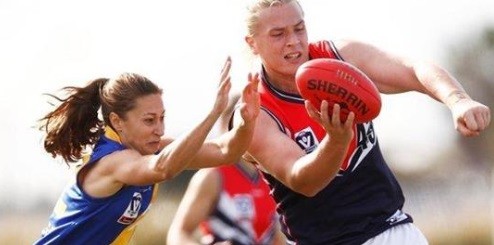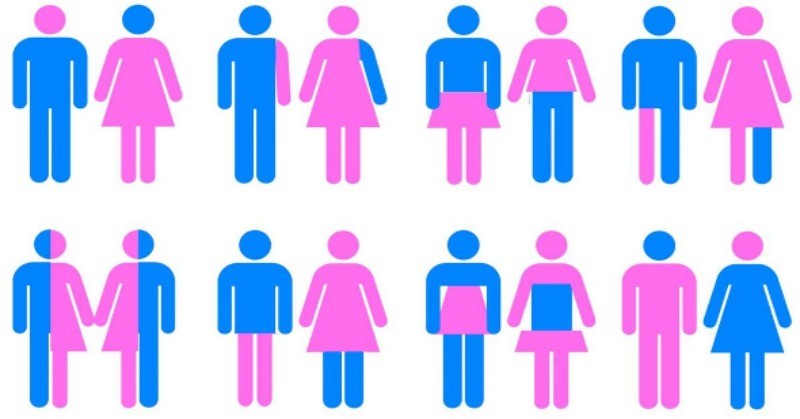The rights of male-born transwomen to be included in female spaces clash head on with the sex-based rights of females to exclude males for reasons of privacy, safety and fairness. Nowhere is this more apparent than in the arena of elite sporting competition.
Can it ever be fair for someone born male to compete in female sports? Here we discuss the science behind this controversial and complex question.
Why do males have a competitive advantage in sport?
Virtually all elite sports are segregated into male and female competitions. This is to allow females a chance to win and be the best in their field. It also showcases and celebrates the best of what the female body can achieve. Separate sporting competitions are necessary because females have major disadvantages against males who are, on average, taller, stronger, and faster and have greater endurance due to their larger, stronger muscles and bones as well as having more circulating red blood cells. The ‘performance gap’ between male and female athletes is proven beyond doubt based on decades of sporting records and it ranges from 10-30% depending on the sport. Link HERE and HERE.
It is well established that the difference we see between male and female bodies is driven by exposure to the male sex hormone Testosterone. There are three important points in life when this really matters:

(note: nM is a unit of concentration. It stands for nano Molar. 10 nM means there are 10 nanomoles of Testosterone in 1 Litre of blood serum.)
In the womb:
In the male embryo, high levels of Testosterone drive the sexually undifferentiated gonads to develop into testes and the formation of male external genitals. In the female embryo, with little or no exposure to Testosterone, the gonads form ovaries and female external genitals form. In most cases the sex of the fetus can be observed before birth by ultrasound scanning.
Childhood:
After birth, circulating testosterone concentrations are essentially the same in both boys and girls, and apart from their genitals, we see no difference in body size, shape or physical performance between the 2 sexes.
Puberty:
At puberty the male testes start to produce high levels of Testosterone, leading to sexual development and enlargement of the genitals. Testosterone levels in the blood also surge from almost nothing to about 5nM-10nM triggering the male body size and shape and massive improvements in physical performance. Females do not experience this surge in Testosterone and pre-pubescent levels remain throughout adulthood (<1nM). Instead, the female body shape changes under the influence of estrogen with the pelvis widening in preparation for childbirth.
Adulthood:
High Testosterone (T) persists throughout adult-life for males. Multiple studies show T levels ranging from 7nm – 30 nM in healthy males, building and maintaining muscles, and boosting the number of red blood cells helping more oxygen get from the lungs to the muscles. Females on the other hand remain at childhood levels of T ranging from 0.06nM to 1.67nM gaining none of the strength and stamina advantages that T brings. See figure HERE or link HERE.
What is the strength of the scientific evidence regarding Testosterone and athletic performance?
There is strong evidence that Testosterone correlates with athletic performance.
Studies in Females:
Observational studies in non-athletic women show that muscle mass is increased with mildly elevated T levels due to Poly Cystic Ovary syndrome (PCOS, still lower than 2nM T). Link HERE.
Observation studies in over 1000 elite female athletes show that high natural levels of T correlates with a 1.8 % – 4.5 % increase in performance in some track and field events (although not all). Link HERE.
Read more HERE












































